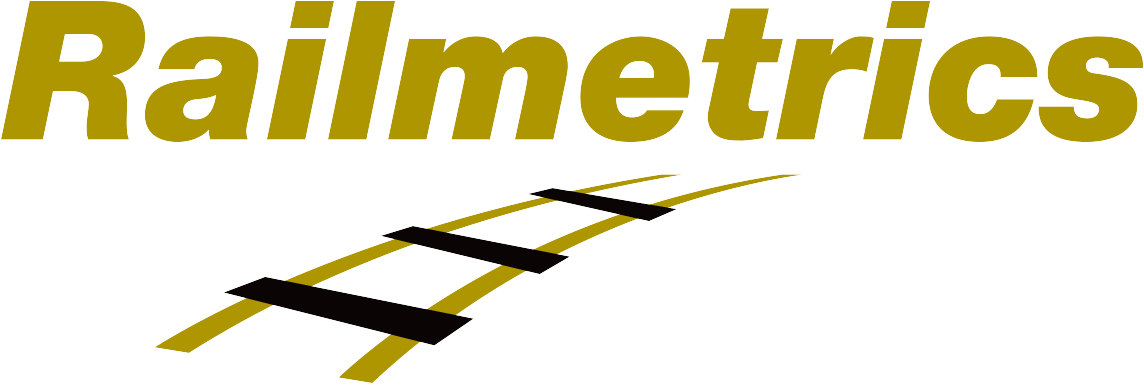FAQ#063 – Is it possible to connect to OMNIAlog and download data through a 2G (GSM/GPRS) or 3G (HSPA,UMTS, EDGE, GPRS,GSM) modem connected on port RS-232?
Yes. It is possible to connect to OMNIAlog and download data also by means of a Dial-up connection (with protocol PPP). The connection is established using a modem on the normal low frequency voice telephony. The connection is established through the composition of a normal telephonic number, using opportune programs called “dialer”. The maximum speed […]
FAQ#062 – Which ports use OMNIAlog services?
It is possible to have access to OMNIAlog mini webservers on board using any internet browser. OMNIAlog could be configured to send data / alarms through e-mail and on FTP. In addition, it has a FTP server on board and a command line mode that uses the TELNET protocol. To use these services, OMNIAlog utilizes […]
FAQ#060 – Which characters is it possible to use in the editable fields of OMNIAlog webpages?
The characters supported by miniOMNIAlog webpages and by the export files are those of the standard ASCII charts (not extended). In addition to all the alphabet letters and numbers, the characters supported are: You can find an example of an ASCII chart at the following link: http://www.asciitable.com/ NOTE: The maximum number of characters for IDENTIFICATION […]
FAQ#057 – OMNIAlog powered by internal batteries: what to expect?
With the internal batteries power mode, OMNIAlog is automatically configured to work with reduced speed (20MHz) and the network adapter card is forcedly shut down to minimize power consumption.Normal working expects only the data download through USB flash drive, so it’s not necessary to turn on the network adapter card.OMNIAlog configuration through web pages should […]
FAQ#056 – Are SMTPS (SSL) and SFTP supported by OMNIAlog?
OMNIAlog can be configured to send readings file by e-mail using simple authentication (SMTP) or on simple FTP.SFTP and SMTPS (SSL) are not supported.OMNIAlog does not manage the security certificates. OMNIAlog does not support also encrypted authentication (i.e. NTLM, MD5 etc.). However, SISGEO supplies the datalogger carrying an already configured SMTP account, to allow the […]
FAQ#046 – OMNIAlog: something to know to communicate with optical fiber technology
The optical fiber interface you can find in SISGEO catalogue is an ethernet switch with 4 10/100Base-TX ports (to link other LAN devices, in addition to OMNIAlog) and 2 100Base-FX ports (store and forward architecture). This interface is suitable for multi-mode fibres (50/125µm and 62.5/125µm) that allow lengths of maximum 2 km; for longer sections, […]
FAQ#045 – Using the OMNIAlog system, is it necessary the grounding system?
To make efficient and effective the protections of miniOMNIAlog, it is INDISPENSABLE to have a grounding system. The ground is no longer necessary to guarantee quality-measurements (“measurement ground”), but it is considered only as “functional ground”.
FAQ#043 – Can OMNIAlog acquire 8 or 16 instruments, without any multiplexer boards?
OMNIAlog is nominally a datalogger with 8 differential channels. For every one of the 8 differential channels it is possible to connect up to: * channels with power supply shared on the same channel
FAQ#042 – Is it possible to connect a rain gauge to OMNIAlog datalogger?
Yes, the rain-gauge is connected to one of the two digital input placed in the posterior side of OMNIAlog. For the system autonomy, it is necessary to bear in mind that OMNIAlog connected to a rain-gauge it is always in measurement mode. Therefore, it will never go in “sleep-mode”. OMNIAlog takes a sample of the […]
FAQ#041 – 3G/2G modem or 4G/3G router: which technology should be chosen?
The use of 3G/2G modem is allowed only in these events: With 3G/2G modem, the remote connection has to be considered an emergency connection. Pages uploading is extremely slow in case of inadequate signal quality. The remote connection requires a pc equipped with a GSM modem or an analogic modem connected to the phone network […]
FAQ#040 – Does the management of 4G/3G router change according to the power supply of OMNIAlog?
There are two communication alternatives, varying according to the power sources available on site:
FAQ#039 – 4G/3G Router: which to choose?
In order to connecting to OMNIAlog using the Internet, it is necessary to install a 3G router inside the OMNIAlog box and to insert a SIM card (with APN) into the router. This card should be Internet enabled (SIM card not included). DUTIES: 1 – Dynamic IP traceability 2 – Incoming traffic block (it depends […]








